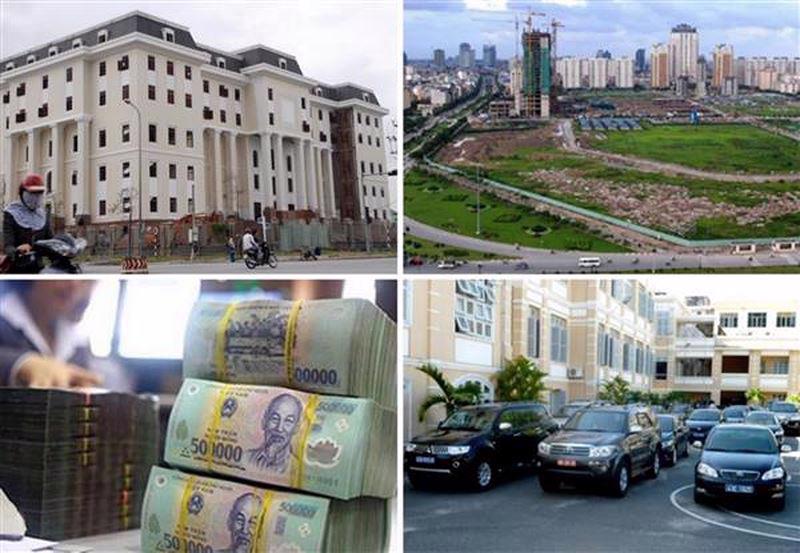The Prime Minister approved a project on March 1 to conduct a general inventory of public assets belonging to agencies, organizations, and entities invested in and managed by the State, such as office headquarters, operational facilities (including the rights to land used to build these facilities), transportation, specialized fixed assets, and other fixed assets.
The general inventory will start from January 1, 2025, and is expected to be completed by March 31 of the same year. The results will be compiled and used to prepare a comprehensive report for submission by July 1, 2025.
Government-funded and managed infrastructure assets will also be part of the general inventory. Such assets include traffic infrastructure, clean water supply infrastructure, irrigation networks, markets, industrial clusters, industrial parks, economic zones, high-tech parks, concentrated information technology zones, embankments, fishing ports, and underground urban construction spaces. Infrastructure partially-funded and supplied by the government will not be subject to the inventory.
Targets of the inventory include government agencies, public non-business units, the Armed Forces, Party agencies, the Vietnamese Fatherland Front, political-social organizations, social organizations, professional-social organizations, and other organizations established under regulations on associations that are currently managing and using State assets.
With government funded and managed infrastructure, the targets are agencies, organizations, units, businesses and other entities that are managing government assets.
The main objective of the inventory is to gather comprehensive information on public assets at agencies, organizations, and units, including infrastructure assets invested in and managed by the State, in terms of quantity, value, structure, and current use.
This information will serve as the basis for improving policies and laws regarding the management and use of public assets and act as a foundation in the design of strategies and socio-economic development plans, providing information to help prepare State financial reports and ensuring the better practice of thrift and anti-waste measures.









 Google translate
Google translate